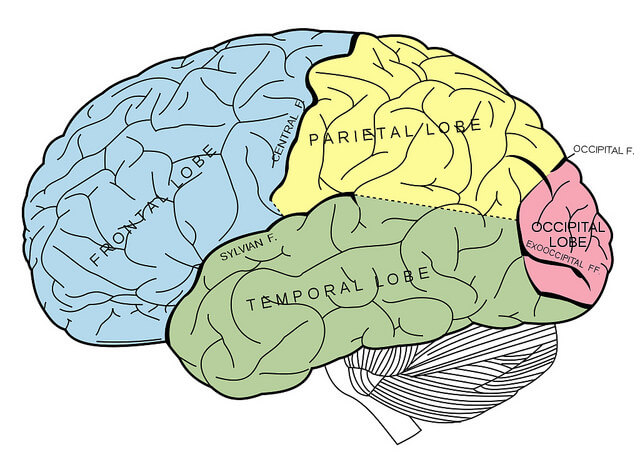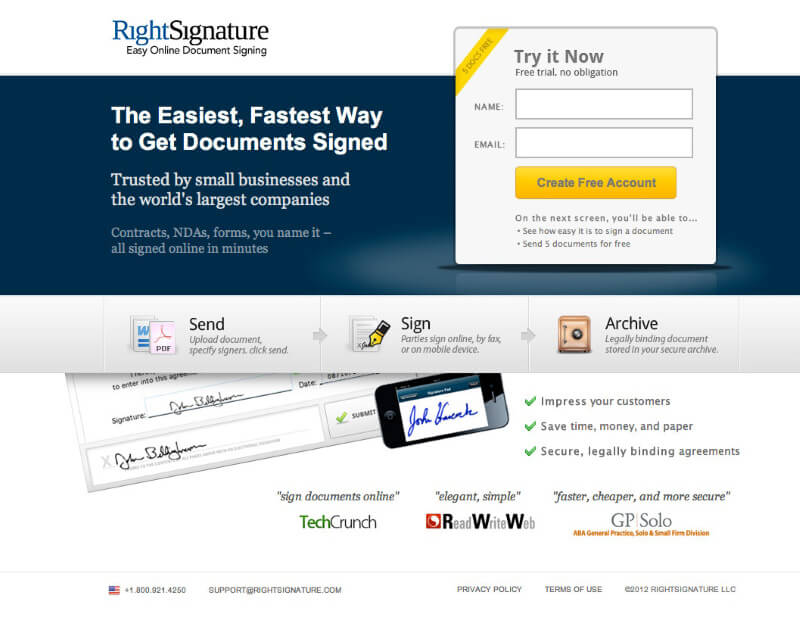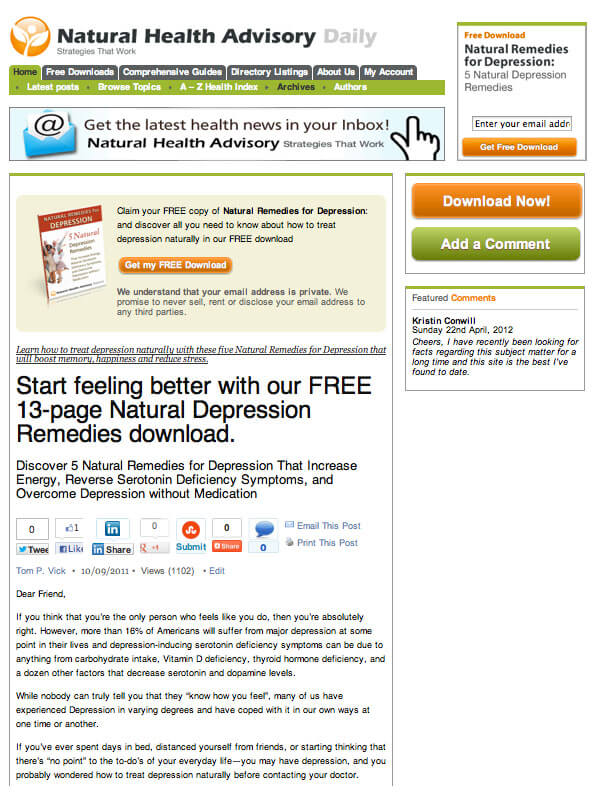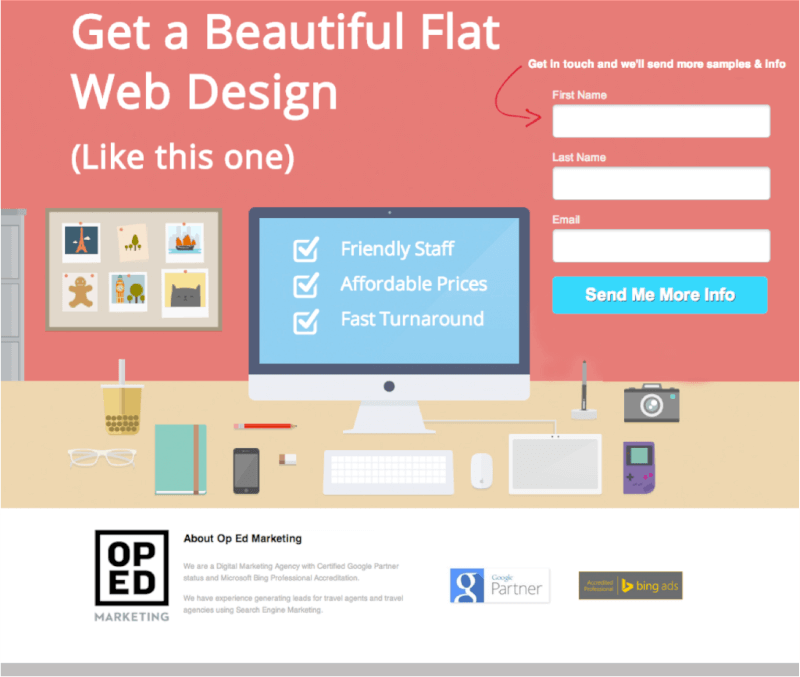3 Conversion Psychology Principles to Use in Sales Copy

Sales people are in the business of convincing others. It may surprise you, but marketers are as well. HubSpot’s Ginny Soskey writes that it’s crucial to understand why “other people think and act the way you do.” In order to convert new leads, a marketer needs deep understanding of their company’s customers. You should also develop a strong knowledge of behavioral psychology principles.
Choosing to integrate behavioral psychology into your sales copy process could be the best content marketing decision you make this year. By understanding what your future customers need from your organization, you’ll make the shift from self-centered landing pages to content that people love. Here are three of the most universal and meaningful psychology laws to get you started:
1. People Seek Pleasure
If there were any single conversion psychology principles that applied to all types of buyer personas, this would be it. In fact, as Psychology Professor Paul Bloom writes, “most significant human pleasures are universal.” Our ancestors were interested in the pleasures of surviving winter and foraging enough food to be satisfied. Today, universal notions of pleasure will more likely encompass some of the “higher principles” of Maslow’s hierarchy of needs:
- Love and belonging
- Esteem, including achievement and earning respect
- Self-actualization
Write your landing pages, web pages, and other types of sales copy in a way that clearly demonstrates how you will create pleasure for your clients. Map your product to Maslow’s hierarchy, particularly the areas regarding esteem. The landing page example below from RightSignature does an exceptionally good job of clearly communicating several types of pleasure:

Landing page visitors see that RightSignature offers convenience due to it’s “easy” and “fast” service that will “impress your customers”. The words about trust and social proof testimonials from highly-respected brands lend credence to RightSignature’s words. In less than 100 words, this sales copy effectively communicates that customers can enjoy the pleasure of earning respect, getting stuff done more quickly, and belonging to a class of businesses who trust RightSignature.
2. People Avoid Pain
No one wants to experience pain. Since the beginning of time, humans have done everything within their power to avoid suffering. While our odds of being attacked by a wild animal are much lower in the modern world, the fact remains that people want to experience pleasure, not suffering. As Psychotherapist Sheri Van Dijk highlights, “as humans, we do everything we can…to avoid pain – emotional or physical.”
Some forms of modern pain that your product could help your clients avoid can also be loosely mapped to Maslow’s hierarchy:
- Embarrassment, failure, or lack of progress at work
- Rejection by romantic interests or friends
- Difficulty achieving personal or professional goals
- Financial difficulties or concerns
The following landing page example from Natural Health Advisory is designed to build empathy with individuals suffering from clinical depression. The body sales copy communicates that depressed individuals can want to avoid feelings of isolation or being misunderstood. It’s an effective way of mapping their product (a free eBook) to overcoming the pain of depression.

Keep in mind, there is a time and a place for sales copy that emphasizes the pleasure principle, as well as copy that demonstrates tools for pain avoidance. There are behavioral psychology studies that support both the negativity bias, as well positivity via the Pollyanna Phenomenon. I recommend you maintain a balance of both pain and pleasured-focused sales copy.
3. People Avoid Confusion
Max Wertheimer’s principle of gestalt, or pithiness, has been a major driving factor in behavioral psychology for over 100 years. Through his research, he demonstrated that people seek simplicity. Particularly, it’s natural to avoid anything that seems confusing or overly complicated, and to try to form patterns before understanding something as a whole. Three major components of mapping your sales copy experience to gestalt are:
- Always seeking simplicity and pithiness
- Providing closure to your readers
- Achieving symmetry, order, and logical flow
This landing page from Op Ed is exceptionally simple and powerful. The headline effectively summarizes everything the reader needs to know to “form a pattern.” The bullet points tell the rest of the story in a very clear way. You’ll notice symmetry and logical flow are also achieved through the use of art, which directs the reader’s eye towards the form:

Does it work? Absolutely! Case studies from Kissmetrics report as high as a 128% increase in conversions when the pithiness principle is applied to existing landing pages.
For more insights on how to increase your conversion rate, check out our blog

Comments (0)